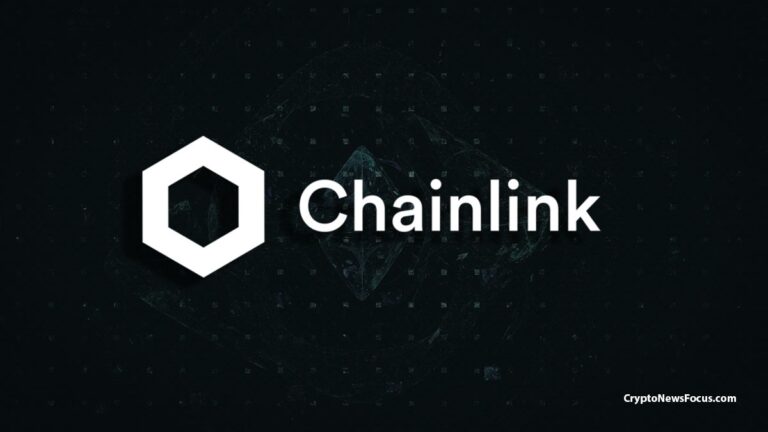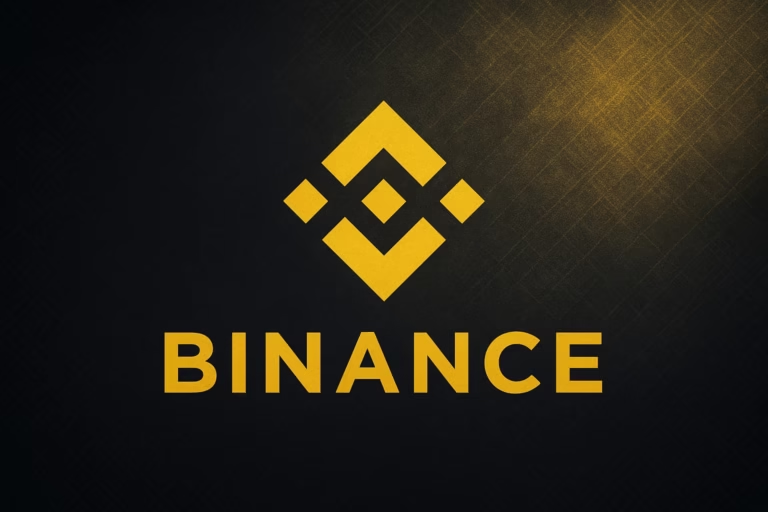
- Ethereum’s Pectra upgrade is set to go live on April 30, 2025, following the successful finalization of the Hoodi testnet, which replaced the problematic Holesky testnet.
- The upgrade, merging Prague and Electra proposals, aims to enhance network efficiency, streamline developer workflows, and improve user interactions.
Ethereum is gearing up for a significant milestone with the upcoming Pectra upgrade, now scheduled to go live on the mainnet on April 30, 2025. This follows the successful finalization of the Hoodi testnet, which paved the way for the network’s latest improvements.
A Critical Step Forward
The upgrade timeline was discussed during the All Core Developers Execution (ACDE) call #208 on March 27, where Tim Beiko of the Ethereum Foundation confirmed the tentative launch date. The activation is expected to take place at slot 11,599,872, around 14:14:47 UTC.
While the date is still awaiting final confirmation in the upcoming ACDC meeting, Beiko assured that infrastructure and application teams will be informed in advance to ensure a smooth transition. The coordination process will follow a structured approach inspired by Fredrik’s fork coordination method.
What is Pectra?
The Pectra upgrade is a merger of two earlier proposals—Prague and Electra—aiming to enhance efficiency across the Ethereum ecosystem. These improvements are expected to optimize both user interactions and developer workflows, making Ethereum more streamlined and effective.
Why Was Hoodi Testnet Crucial?
Ethereum’s decision to move forward with the April 30 launch comes just a day after the Hoodi testnet successfully finalized Pectra’s upgrade features. This milestone is especially significant given the delays experienced on other testnets such as Holesky and Sepolia.
On March 26, Ethereum client Nethermind confirmed that Pectra had finalized on Hoodi, marking a major step toward deployment on the Ethereum mainnet. Hoodi was introduced as a replacement for Holesky, which faced persistent technical issues that hindered the upgrade’s rollout.
Challenges on Other Testnets
Holesky encountered execution client bugs caused by incorrect deposit contract addresses, leading to chain splits and network instability. Meanwhile, Sepolia also faced brief disruptions due to custom deposit contracts, which impacted block transactions. While the Sepolia issues were resolved, Holesky continued to struggle, leading to its eventual replacement by Hoodi.
The Ethereum Foundation has since confirmed that support for Holesky will officially end by September 2025.
With Hoodi’s success and a firm timeline in place, Ethereum developers and users can look forward to a more efficient and robust network. The Pectra upgrade is expected to enhance Ethereum’s performance, ensuring a smoother experience for all stakeholders in the ecosystem.




